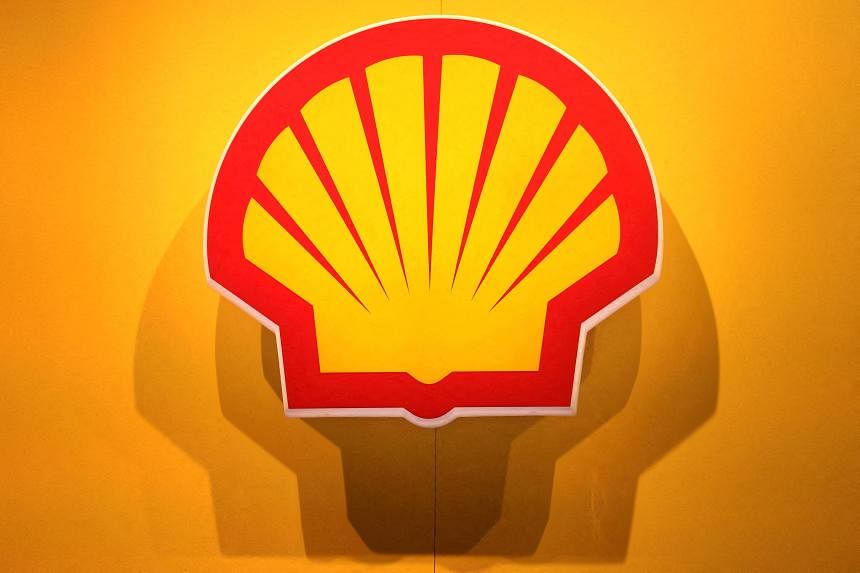SINGAPORE -The carbon reduction goal is set, and the mandate is simple: By 2050, the overall amount of greenhouse gasses (GHG) released into the atmosphere by shipping should be equal, or close to, the amount offset or removed.
In addition, the industry should make a commitment to use zero or near-zero carbon shipping fuels by 2030, the International Maritime Organisation (IMO) has said.
Still, it will take time for regulations to be enforced, greener fuels to become commercially viable and customers to voluntarily agree to the additional costs of clean sailing before those targets can be met, said Ms Karrie Trauth, head of shipping and maritime at London-based oil and gas major Shell.
Speaking at a Singapore conference organised by professional services firm Moore Stephens recently, she noted that oil and gas will continue to play a crucial role in supplying the world with energy for decades to come.
“As crucial as decarbonising shipping is, maintaining energy security is also of paramount importance. It is critical that we do not dismantle any current energy system any faster than we can build the low and zero-carbon network of the future,” she said.
However, Ms Trauth noted that shipowners and liners can take immediate action to cut emissions by improving the energy efficiency of their ships using existing infrastructure, technology and lower-carbon fuels.
Shell itself is deploying new software on its fleet of liquefied natural gas (LNG) vessels that helps the crew cut fuel consumption and GHG emissions by calculating the most energy-efficient operating conditions and positioning of the vessels at sea.
It is also using technologies such as wind propulsion and coordinating in advance the activities involved in a port call to minimise delays and optimise resources. “All this is available to us now,” Ms Trauth said.
Shell will also explore the use of LNG as an alternative fuel for its fleet. LNG is considered a cleaner alternative to traditional fossil fuels as it emits less carbon and produces lower levels of air pollutants.
“We need to explore alternative fuels for shipping. The focus today should be on fuel flexibility and scalability. For example, LNG is readily available and scalable today, and can help us reach net zero,” Ms Trauth said.
She noted that a rising number of new vessels now come with engines enabling them to sail using more than one fuel, with many equipped to run conventional fuels as well as LNG.
“LNG provides flexibility and is the lowest-carbon fuel available at scale today. It can also be supplied through existing infrastructure, she said.
As the largest LNG trader in the world, Shell has developed a large LNG bunkering network across 19 locations. In Singapore, Shell has a physical presence through FueLNG, a joint venture with offshore and marine firm Seatrium, which supplies LNG bunkering.
For short sea shipping, which involves the shipping of goods and passengers along coastal routes, electrification and hybrid technology could offer an effective route to net zero.
In 2023, Shell introduced its first-ever electric ferry in partnership with local shipyard Penguin International. It was also the first electric vessel to operate in Singapore and expected to substantially lower Penguin’s fuel bill while reducing its carbon emissions.
Other existing solutions that can easily be deployed today include biofuels like biodiesel, which can be mixed with existing fuels to reduce a shipowner’s GHG emissions, said Ms Trauth.
“The industry should invest in fuel and tech solutions that are available today, as that will help us navigate to net zero.”
These plans come on the back of investor pressure on the oil and gas major to focus on the most profitable businesses amid rising energy prices, while maintaining its goal of achieving net zero by 2050. In March, Shell also weakened some of its climate targets to enable its gas business to continue growing.
In 2023, Shell said it was mulling over the sale of its Singapore refining and petrochemical plants as part of a broader strategic review to cut spending and offer more low-carbon solutions to customers.
Meanwhile, there is still uncertainty about the type of zero or near-zero emissions fuels that will ultimately deliver shipping’s transition to net zero.
Ms Trauth said Shell is now working with various shipyards on a net-zero vessel design which will give shipowners “extensive flexibility to integrate future fuels and fuel technology on board”, including installing an electric grid system on the vessel.
Shell also sees fuel cells as a potential technology for shipping to decarbonise. Fuel cell technology is a clean and efficient way to generate electricity through an electrochemical process, typically using hydrogen as fuel, but LNG can also be used.
Shell is leading a consortium of partners to trial solid fuel cells on board an LNG carrier, with the process expected to start in 2025, Ms Trauth said.
She added that in Singapore, Shell will be starting a trial involving hydrogen fuel cells in collaboration with players like Penguin International and Seatrium.
“By testing, learning and deploying these enabling technologies, we can start to overcome some of the technical and commercial challenges of decarbonising in the long run.”


